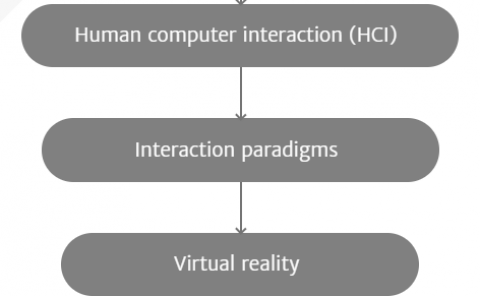Distance Judgments to On- and Off-Ground Objects in Augmented Reality
PubDate: August 2019
Teams: Vanderbilt University;University of Utah
Writers: Carlos Salas Rosales; Grant Pointon; Haley Adams; Jeanine Stefanucci; Sarah Creem-Regehr; William B. Thompson;Bobby Bodenheimer
PDF: Distance Judgments to On- and Off-Ground Objects in Augmented Reality

Abstract
Augmented reality (AR) technologies have the potential to provide individuals with unique training and visualizations, but the effectiveness of these applications may be influenced by users’ perceptions of the distance to AR objects. Perceived distances to AR objects may be biased if these objects do not appear to make contact with the ground plane. The current work compared distance judgments of AR targets presented on the ground versus off the ground when no additional AR depth cues, such as shadows, were available to denote ground contact. We predicted that without additional information for height off the ground, observers would perceive the off-ground objects as placed on the ground, but at farther distances. Furthermore, this bias should be exaggerated when targets were viewed with one eye rather than two. In our experiment, participants judged the absolute egocentric distance to various cubes presented on or off the ground with an action-based measure, blind walking. We found that observers walked farther for off-ground AR objects and that this effect was exaggerated when participants viewed off-ground objects with monocular vision compared to binocular vision. However, we also found that the restriction of binocular cues influenced participants’ distance judgments for on-ground AR objects. Our results suggest that distances to off-ground AR objects are perceived differently than on-ground AR objects and that the elimination of binocular cues further influences how users perceive these distances.


